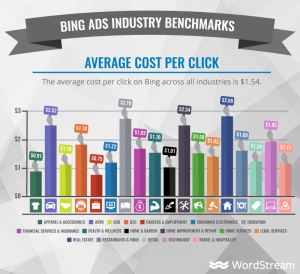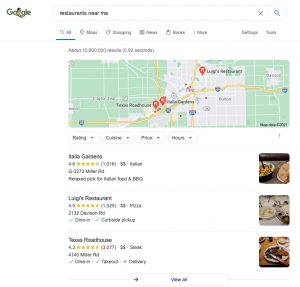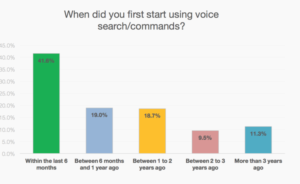— September 21, 2017
If you’re a creative professional, it would be safe to say that doing paperwork is pretty much at the bottom of your preferred tasks. And who can blame you? Time given over to filing and administrative work can be spent doing more imaginative and mentally-stimulating tasks instead.
Despite this, proposal writing is probably one of the most important skills a creative professional needs to master. Having to craft a project proposal is inevitable, whether you’re a designer hoping to seal that dream deal with a client, or a visual artist aiming for a grant or exhibition opportunity.
But what will project proposals help you with anyway?
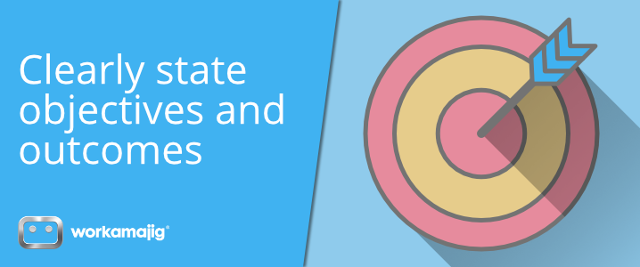
Clearly State Objectives and Expected Outcome
A creative project proposal explains what you want to accomplish as it breaks down the things you need to achieve your main goal. This makes sure that both you and your client understand the objective and the outcome of the project with only clear expectations.
When writing a creative project proposal, it’s good to have a personal template to guide you. This will become your reference as the project progresses and your guide from start to finish. Feel free to tailor the specifics according to the project as you write it, but once presented, it should be streamlined, concise, and on-point.
Below is a breakdown of the major points every creative project proposal should cover.
- Objective Instead of offering a broad outcome, be as specific as possible. Don’t just say “create a website”. Break down the outcome that you and the client establish after your initial meeting.
For instance, if they already have an existing website but want to increase revenue by a certain percentage with it, figure out how to do so by using design and marketing tools for a cohesive overall message. So a better objective would be “to help the client build a user-friendly website so their revenue can increase by __ %.”
- Scope The project should have clearly defined inclusives. Don’t make the mistake of being vague about what you hope to accomplish, because that is the main ingredient of scope creep (more on this as we go along). Instead, write down all of the included and expected tasks involved, and how you intend to accomplish each one.
For example, if you will be providing content for a website, how often will you do written or researched work for it? Would you do the uploading of the content yourself? Are original images part and parcel of your agreement? Do you need to coordinate with programmers and other people involved in the project? Identifying the roles you need to fill for the project will help prevent clients from sneaking in other tasks that can cost you time, effort, and money.
- Working Period You will need to establish a realistic timeline to accomplish the project. Come up with a doable working period to finish every task you need to do to get to your desired outcome, then leave some wiggle room for improvements and revisions. Should complications arise, you and the client can refer to the timeline and see if you are on the same page as scheduled or if adjustments need to be made.
- Cost This is where your talent fee, overhead costs, and other tools that will help you with the project figure in. Make sure your pricing method is reasonable and consistent so as not to scare away potential clients. When computing for costs, clearly state if the total is inclusive/exclusive of taxes.
- Revisions and Approval Ask for feedback at specific points of the timeline so you will know if you need to revise something, or if it’s good to go. Have the client sign off on each accomplished and approved task so that there will be no misunderstanding down the line. You can allow for a certain number of revisions within reason and anything exceeding the allotted amount can come with a fee.
- Terms of Payment Include the total contract cost and the working period (how many months). Then, break down the payments you expect from the client, whether it’s 50% upon signing of contract and another 50% upon project completion, or in increments of monthly payments. Include mode of payment, and if you or the client are willing to cover fund transfer fees, currency exchange discrepancies, etc.
Once you’ve outlined and fleshed out your project proposal, create a document for it and provide copies for you and your client with both of your affixed signatures and contact information.

Provide a Good, Professional First Impression
Submitting a great project proposal marks you as a professional. Moreover, doing prior research about your client and their needs, backgrounds, and other pertinent details shows them that you understand what they need and are serious about doing business with them. During your initial meeting, it can also help you ask the right questions.
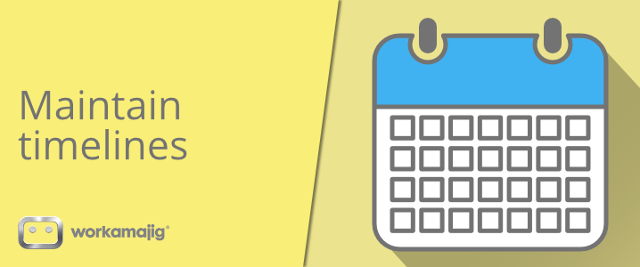
Maintain Manageable Timelines
Creatives and artists aren’t always the most organized of individuals. This is why it’s ideal if you have a document to refer to so you can always know where you’re holding on the project. Once you’ve broken down the project into a manageable and realistic timeline, you and the client can decide how much time to allot per task, with some room for revisions as needed. It’s easy enough to refer to for “where are we on the project?” questions – and it will also help prevent scope creep and unreasonable revisions (more on this as we go along) leading up to the deadline.
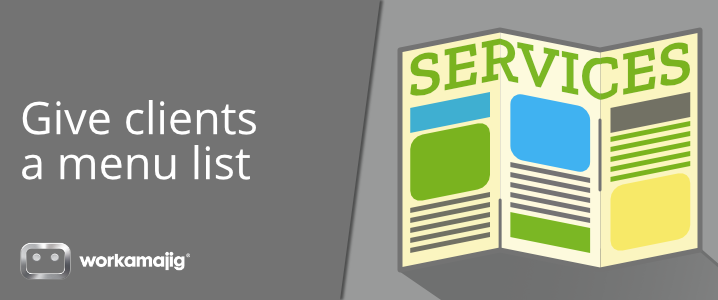
Give a Menu List for Clients for Possible Future Projects
If the client doesn’t avail of all the services you’ve listed in the proposal, don’t worry; an itemized proposal means a client will have a menu they can refer to if they choose to hire you again at a future date.
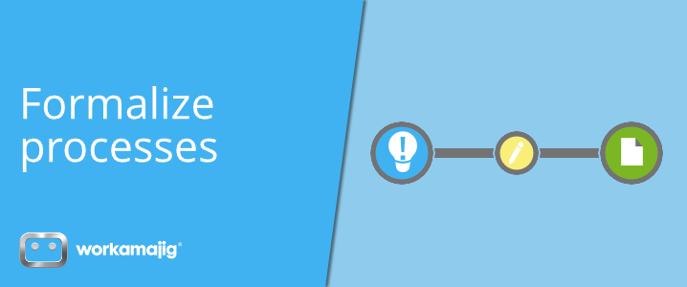
Formalize Client-Creative Processes
Good proposals don’t just list the services you intend to provide; they also show the process of providing feedback, holding meetings, and other processes. This creates a dynamic relationship between you and your client where you both provide input (theirs technical, yours creative) to achieve a common goal, and then establish the process to get there. Think of it as an instruction manual.
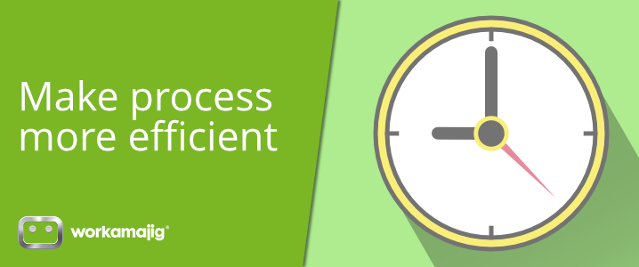
Make Revision Process More Efficient
“Unreasonable” revisions cost time, effort, and money. But what makes a revision unreasonable? First off, it’s when the client asks to revise something that contradicts their previous feedback. There is also the kind of feedback that comes after the agreed-upon window for revisions (which should be indicated in the contract you draw up), and that which exceeds the agreed-upon amount of revisions you are willing to make for the client (that are considered part of your overall fee).
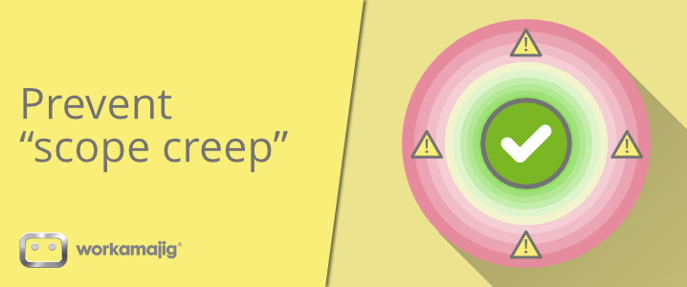
Prevent “Scope Creep”
We’ve mentioned scope creep several paragraphs ago, but what is it exactly? Scope creep or “kitchen sink” syndrome is an industry term in project management. It happens when the initial scope of the project gets bigger over time, and the client demands more work than initially agreed upon. In some cases, other people aside from the client will try to influence the outcome of the project, making it muddled and confusing. Scope creep has become one of the biggest reasons why many creative projects fail, and why many creatives and their clients have a falling out.
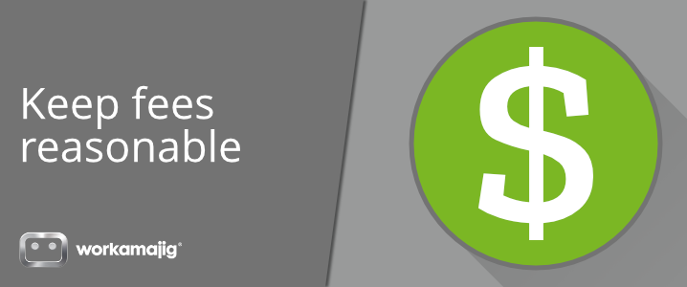
Keep Charging Fees Reasonable (and Less of a Hassle for Both Parties)
A project proposal helps you break down your fees from start to completion, address how you prefer to be paid, and include additional fees that you might charge (such as those for sudden revisions not covered by the previously agreed-upon amount in the contract). It’s professional and will help prevent misunderstandings before, during, and after payments.
As a creative person, writing a project proposal is a great first step toward making you and your client a team with one common goal. You and a potential client might have instant rapport the first time you talk (either in person, on the phone, or through email), but getting everything into writing is an important and a professional move that will save you both time and money.
Here are some tips for what to do when you miss a project deadline.
Business & Finance Articles on Business 2 Community
(80)



